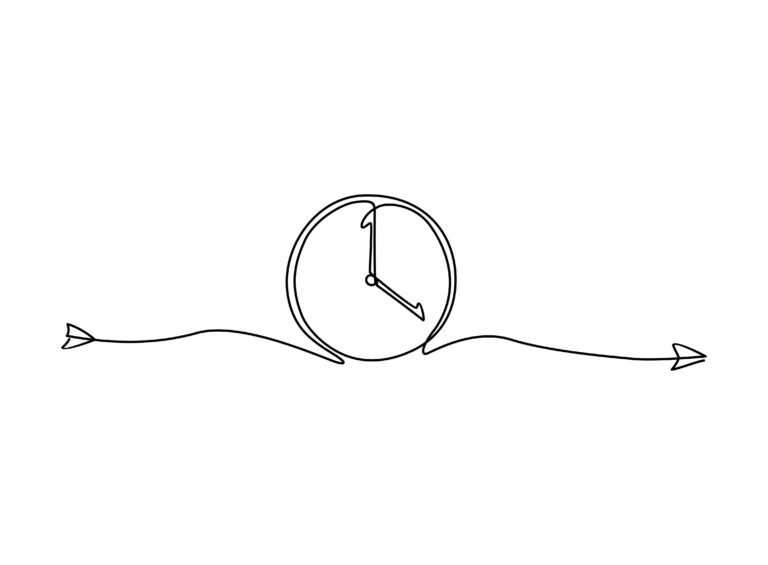### Managing Aggressive Behavior in Dementia Patients
Aggressive behavior in dementia patients can be challenging for both the patients and their caregivers. However, with the right strategies, it is possible to create a more supportive and calming environment. Here are some practical tips to help manage aggressive behavior in dementia patients.
#### Understanding the Triggers
First, it is essential to understand the triggers of aggressive behavior. These can include physical discomfort, such as pain, hunger, or fatigue, which may be difficult for the patient to communicate. Environmental factors like noise, clutter, or unfamiliar settings can also overwhelm the patient, leading to aggression. Cognitive impairments, like confusion or memory loss, can cause fear or misunderstanding, resulting in defensive reactions. Communication difficulties can also lead to aggression when the patient feels misunderstood or unable to express themselves[1][4].
#### Creating a Calming Environment
Developing a calming environment is crucial. Ensure the space is familiar and safe by reducing clutter, providing comfortable seating, and controlling noise levels. Activities that promote relaxation, such as soothing music or gentle physical exercise, can be beneficial. Regular engagement in low-stress activities helps foster a sense of security and stability, potentially decreasing the likelihood of aggressive outbursts[1][4].
#### Effective Communication
Effective communication is key in managing aggression. Use simple language and speak slowly, maintaining a calm and reassuring tone. Avoid complex instructions or arguments, as these can escalate the situation. Nonverbal cues like gentle touch, eye contact, and facial expressions can convey understanding and compassion. Active listening is vital; allow your loved one time to express themselves, and acknowledge their feelings even if they cannot articulate them clearly[4].
#### Behavior Management Techniques
Behavior management techniques can help caregivers respond effectively to aggression. Stay calm and patient to prevent escalating the situation. Take deep breaths and remain composed. Identify patterns in aggressive behavior by keeping a diary to note triggers and times of heightened aggression. This can help anticipate and mitigate these situations. Introduce soothing activities such as walking, drawing, or listening to music to distract and calm your loved one[4].
#### Redirection with Patience and Compassion
It’s natural for individuals with dementia to fixate on certain topics or tasks. Redirection is a compassionate way to ease their focus onto a new, calming activity. For instance, if your loved one is feeling worried about an old memory or an unmet need, try saying, “That’s all set—would you like to take a walk with me?” This gentle approach acknowledges their feelings while guiding them toward something pleasant, reducing agitation without causing frustration[5].
#### Involving Healthcare Professionals
Engaging healthcare professionals is crucial in managing aggression in dementia patients. A medical evaluation can determine if underlying health issues, such as infections or pain, are contributing to aggression. Medication may be necessary to regulate mood and behavior. Therapeutic interventions like occupational or physical therapy can offer additional strategies to manage aggression effectively. Family education sessions provided by healthcare providers can equip caregivers with the knowledge and skills needed to handle challenging behaviors[4].
By understanding the triggers, creating a calming environment, using effective communication, employing behavior management techniques, redirecting with patience and compassion, and involving healthcare professionals, caregivers can significantly reduce aggressive behavior in dementia patients. This approach not only improves the quality of life for the patient but also reduces the stress and challenges faced by caregivers.





